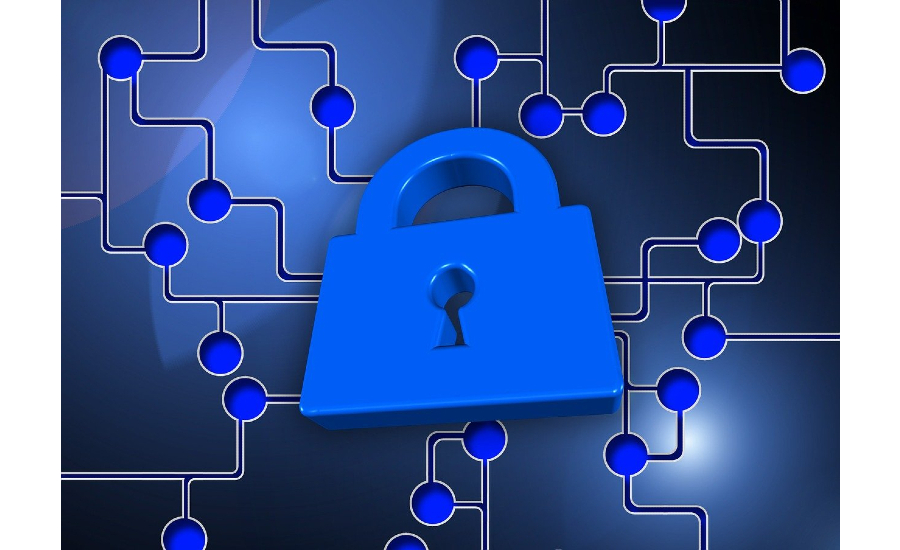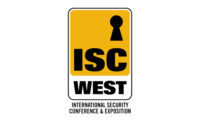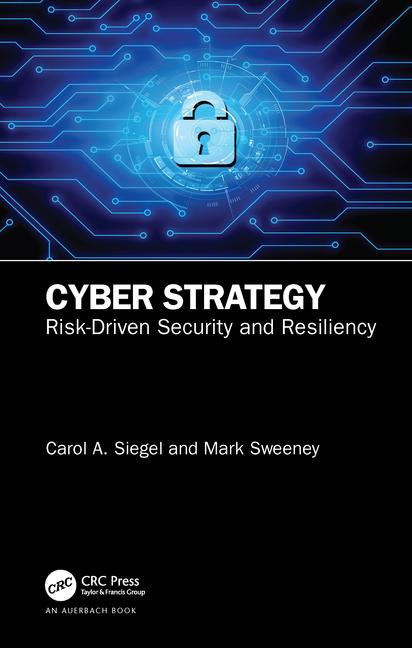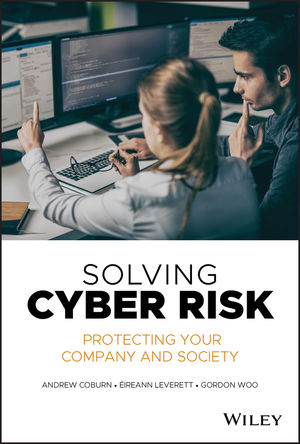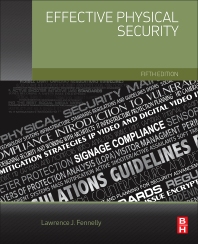For physical security integrators, the key to providing effective solutions lies not just in the installation of cutting-edge technologies but in a comprehensive understanding of the unique risks facing each client. One pivotal tool in achieving this understanding is the security risk assessment, with the aim to identify, assess and implement key security controls in applications.
From regulatory compliance and loss prevention to fostering a culture of security awareness, following are best practices that provide a roadmap for integrators to help their end customers navigate the complex landscape of modern security challenges. In the role of trusted advisor, the overall goal here is to effectively communicate the significance of these practices, fostering a proactive mindset, and ultimately, fortifying the foundations of a secure and resilient future for your clients.
Understanding the Client’s Business
Begin by gaining a thorough understanding of the client's business operations, assets, and critical areas. This demonstrates your commitment to tailoring security solutions to their specific needs.
Emphasizing Proactiveness
Highlight that a security risk assessment is a proactive measure rather than a reactive one. It helps identify potential vulnerabilities before they can be exploited, reducing the likelihood of security incidents.
Regulatory Compliance
Emphasize the importance of compliance with industry and regulatory standards. A security risk assessment helps identify gaps in compliance and ensures that the organization is meeting required security standards.
Loss Prevention
Showcase how a security risk assessment can contribute to loss prevention by identifying areas of vulnerability, such as weak access points, inadequate surveillance, or insufficient security personnel.
Business Continuity
Stress the role of security in ensuring business continuity. By identifying and mitigating risks, the organization can reduce the impact of potential disruptions and maintain operations even during challenging situations.
Asset Protection
Explain how a security risk assessment is designed to protect the organization's assets, including physical assets, data, and intellectual property. This protection can contribute to long-term business sustainability.
Cost Savings
Demonstrate how investing in a security risk assessment can lead to long-term cost savings. Identifying and addressing vulnerabilities early can prevent expensive security breaches and their associated costs.
Customized Solutions
Emphasize that a security risk assessment enables the development of customized security solutions tailored to the organization's unique risks and requirements, rather than a one-size-fits-all approach.
Employee Safety
Highlight that a secure environment contributes to the safety and well-being of employees. This can enhance morale and productivity while reducing the risk of workplace incidents.
Security Awareness Training
Recommend security awareness training for employees as part of the overall security strategy. Educated and vigilant staff can serve as an additional layer of defense against potential threats.
Executive and Stakeholder Buy-In
Emphasize the importance of executive and stakeholder buy-in. A security risk assessment often requires cooperation across departments, and support from leadership ensures its success.
Continuous Improvement
Communicate that security is an ongoing process. Regularly reassessing risks and updating security measures ensures that the organization remains resilient in the face of evolving threats.
Demonstrate Expertise
Showcase your expertise in security solutions and your commitment to staying informed about the latest security trends and technologies. This instills confidence in your ability to provide effective security assessments and solutions.
Case Studies
Share relevant case studies or examples where security risk assessments have made a significant impact on organizations similar to your client's, highlighting the positive outcomes.
Clear Communication
Ensure that you communicate the findings of the security risk assessment clearly and in non-technical language, making it easy for stakeholders at all levels to understand the risks and recommended solutions.
By incorporating these best practices into a communication strategy, physical security integrators can effectively convey the importance of security risk assessments to their end customers and foster a collaborative approach to securing the organization.
